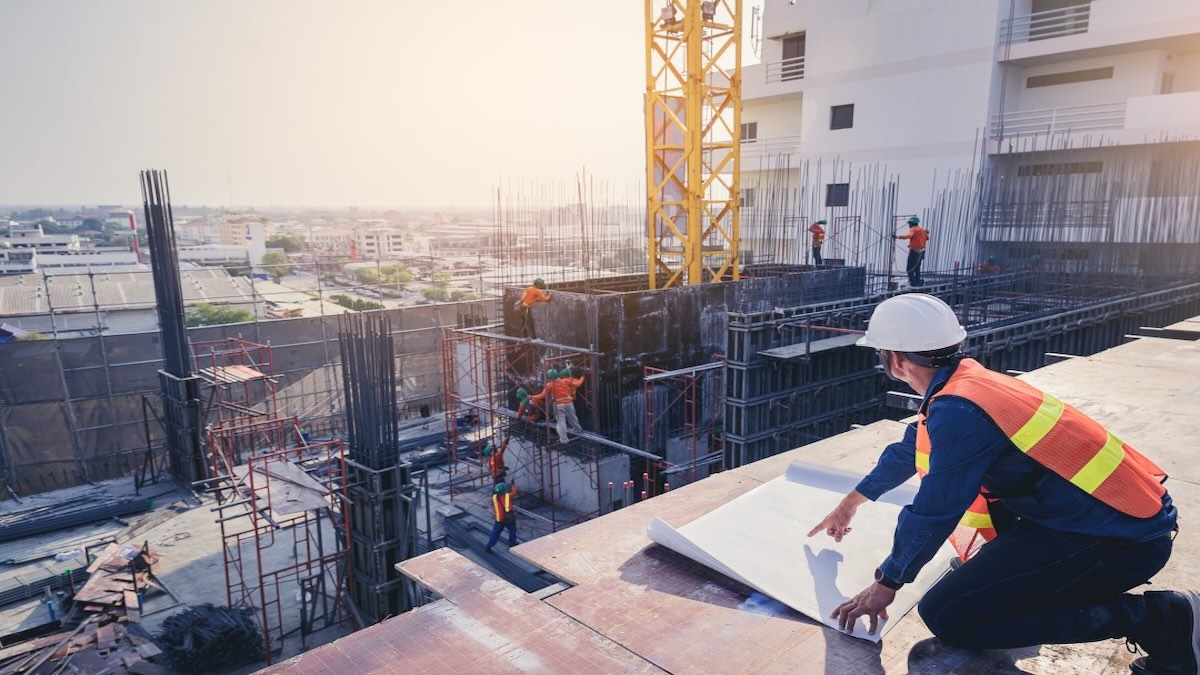You built a state-of-the-art building… but does anyone know how to operate it?
The construction industry is obsessed with schedules and materials. But when the final inspection wraps up and the ribbon is cut, a crucial phase often gets overlooked: handover to operations.
This handoff should be the bridge between construction and ongoing building performance. Instead, it’s often a chaotic moment that leaves operations teams in the dark, hunting for documents and guessing at what’s installed where.
Let’s talk about why the building handover process breaks down — and how a centralized asset registry can solve the documentation problem once and for all.
Why Building Handover is So Broken
Once a building is complete, contractors and trades move on. The people who know where everything is installed — and how it was configured — are off to the next job. Final documentation becomes an afterthought, if it happens at all.
We’ve all seen it:
- Binders of submittals gathering dust on a shelf
- USB drives handed over with hundreds of unlabeled PDFs
- Email chains with “final plans” attached
There’s no consistency. No guarantee that everything is captured. And certainly no easy way to find what you’re looking for six months later.
Facility managers inherit systems they didn’t see installed, without detailed documentation or a clear map of what’s been done. They get vague floor plans, manufacturer manuals, and a lot of guesswork. As a result:
- Service calls take longer
- Routine maintenance is delayed or skipped
- Systems underperform — or fail entirely
The Cost of a Poor Handover
A messy handover isn’t just frustrating — it’s expensive.
Every maintenance or upgrade task takes longer without knowing where networked systems are located or how they connect.
Technicians must spend time investigating and reverse-engineering system layouts. More time on-site leads to more billable hours.
Without an accurate record of installed devices, teams can’t plan upgrades, track performance, or even prove that something is under warranty.
What a Smooth Handover Should Look Like
Imagine this: the day your building goes live, the operations team gets a complete digital record of every installed device — tied to a visual floor plan.
No binders. No USB sticks. Just clean, accessible, verified information.
Here’s what that looks like:
Every light, camera, access point, sensor, and switch — documented with:
- Make & model
- MAC address or serial number
- Exact location on the floor plan
- Install date & warranty info
- Photos, QR codes, and notes
Instead of five places to look for documentation, there’s one. Everything lives in the cloud, structured, searchable, and accessible for the life of the building.
Rather than scanning a spreadsheet for device locations, facilities teams can look at a floor plan, tap on a device, and get the full story instantly.
How Our Asset Registry Solves the Problem
We built our platform to fix this exact pain point.
Trades and contractors use a simple mobile app to capture device data as they install. No extra paperwork. No forgetting later.
As data comes in, our platform compiles it into clean, usable as-built documentation. It’s tied to plans, searchable by system, and ready for handover.
From day one, facilities teams get a full asset registry: a visual map of every system in the building, with device-level detail. No more guesswork.
Conclusion
The building isn’t done when construction ends — it’s done when it can be supported, maintained, and operated properly.
The handover phase should be seen as essential, not optional. And with the right tools, you can make sure the transition is seamless, not painful.
If you’re planning a new construction project, don’t wait until the end to start thinking about documentation.
Future-proof your building with an asset registry built for the real world — and hand over your project with confidence.




